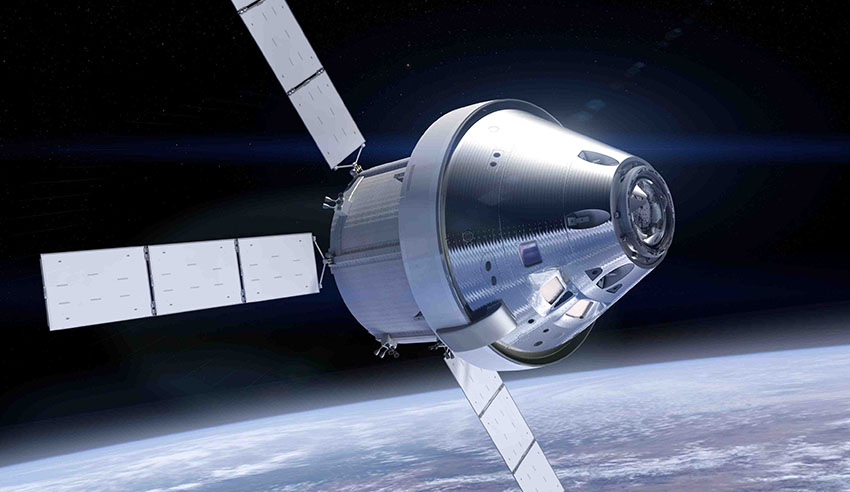
The Artemis-3 mission is slated to launch on NASA’s Space Launch System in 2024 and will send up to four astronauts on-board Orion to a lunar orbit where the spacecraft will dock at the planned Gateway. From there, two of the astronauts will board a lander to ride down to the south pole of the moon.
ESA has already supplied the first European Service Module that is being connected to Orion’s Crew Module this month. The second module is being built in Bremen, Germany, for shipment next year to the US.
The agreement gives the go ahead to start building the third European Service Module for Orion, it will provide everything the astronauts need to live and arrive safely in lunar orbit including air, water, electricity, propulsion, temperature control and structural stability.
"The team welcomed the agreement with elation,” said ESA’s Philippe Deloo of the European Service Module team, "we are already proud to be developing the first spacecraft to return humans to the moon, but the spacecraft that will see humans land on the moon is on another level."
A contract for two European Service Modules is already in place with ESA’s prime contractor Airbus DS in Bremen, early procurements for the third have been initiated, and the full contract is currently under negotiation.
The Artemis-3 mission will involve the landing on the moon of two astronauts, the 13th and 14th humans to walk on the moon. For the first time they will visit the south pole of the moon, a place with permanently-lit areas and eternal shadows, where they will seek ancient lunar ice.
"The Orion spacecraft is instrumental to the infrastructure we are building around the moon – including assembling the Gateway and returning samples gathered by robotic missions, we are pleased to continue the fruitful international exploration co-operation with NASA, 50 years after the first Apollo landings," Nico Dettmann, ESA’s head of development at human and robotic exploration, added.
ESA is joining the international space community in celebrating the 50th anniversary of humankind first setting foot on the moon and paying tribute to the men and women who took part in this endeavour, some of whom went on to work in later NASA, ESA and international space programs.
Receive the latest developments and updates on Australia’s space industry direct to your inbox. Subscribe today to Space Connect here.












